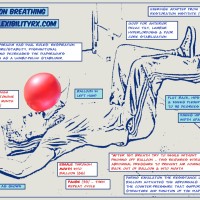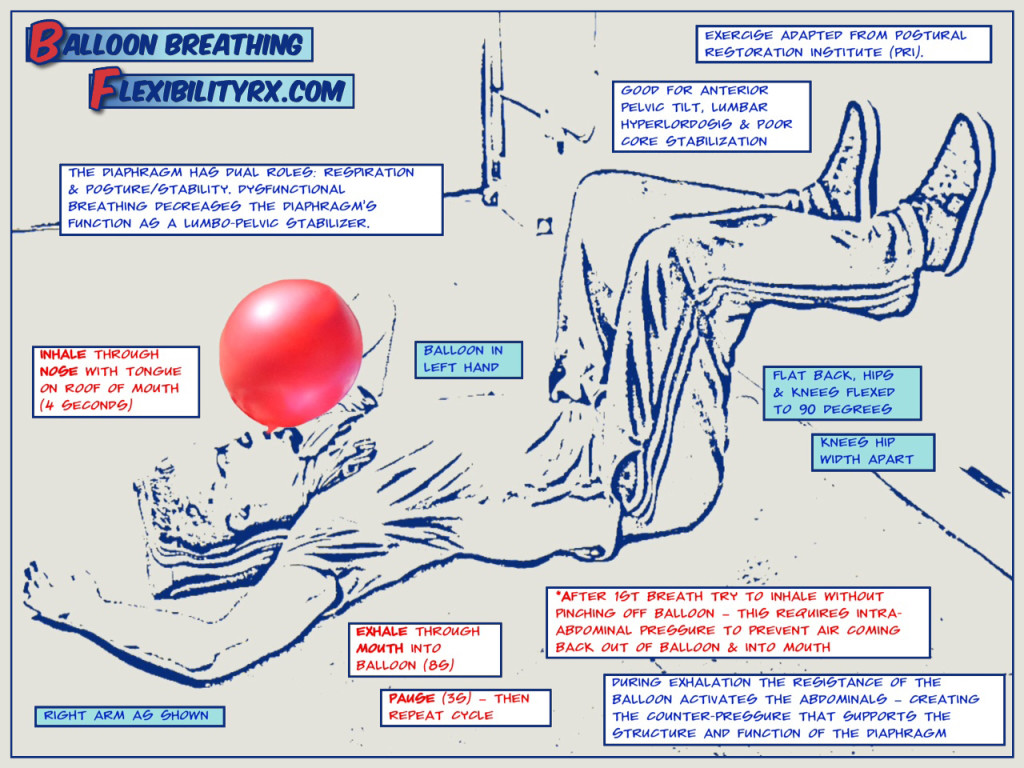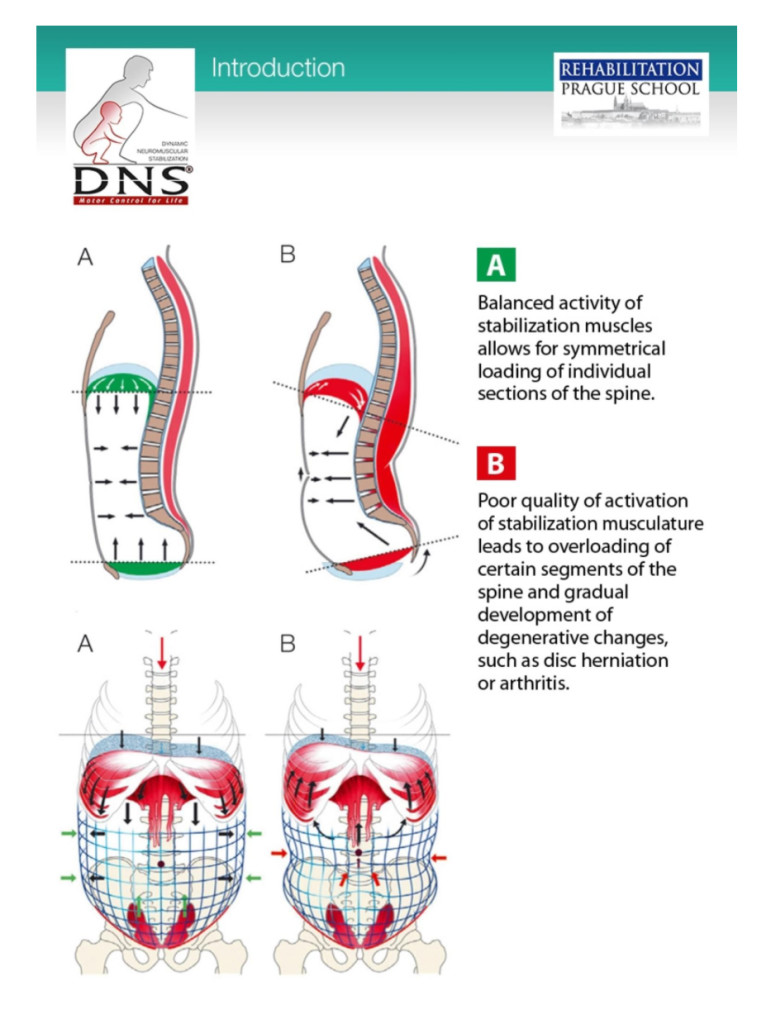
Balloon Breathing for Core Stability
The Value of Blowing Up A Balloon
The Postural Restoration Institute (PRI) covered balloon breathing in this article. This week’s exercise is an adaptation of the balloon breathing used in their “90/90 bridge with ball and balloon.” Strength and conditioning coaches and manual therapists can check out the home study courses offered by the PRI Institute on their website here.
The diaphragm performs dual roles: respiration and core stabilization. Dysfunctional breathing decreases the diaphragm’s function as a lumbo-pelvic stabilizer.
Balloon breathing aligns the spine and pelvis, while activating the abdominals. The abdominals play an important part in breathing: they provide counter-pressure to the contraction of the diaphragm. This resistance from the abdominals helps fix the ribcage down and prevent hyperextension of the low-back. Weak abdominals – especially in athletes with anterior pelvic tilt – destabilize the spine and restrict the diaphragm’s function for both respiration and midline stabilization.
Illustration taken from the “DNS Self-Treatment Booklet”
“A therapeutic exercise that promotes optimal posture (diaphragm and lumbar spine position), and neuromuscular control of the deep abdominals, diaphragm, and pelvic floor (lumbar-pelvic stabilization) is desirable for utilization with patients who demonstrate suboptimal respiration and posture.”
– Kevin Kula, “The Flexibility Coach” – Creator of FlexibilityRx™ – www.FlexibilityRx.com
Related Resources
Mike Robertson: 7 Keys of Balloon Core Theory (link)
Jeff Cubos: The Balloon – Your New Clinical Tool (link)
Tony Gentilcore: Why We are Breathing Inefficiently (link)
Dynamic Chiropractic: Breath Well and Breath Often (link)
Tags: balloon breathing, core stability, diaphragmatic breathing, intra-abdominal pressure


Leave A Reply (No comments so far)
You must be logged in to post a comment.
No comments yet